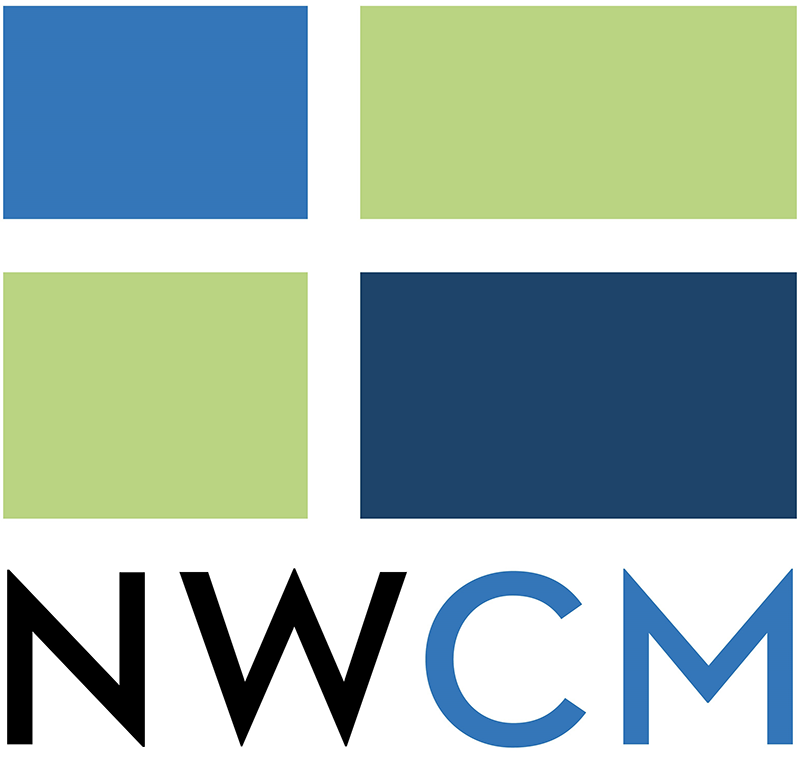Have you thought about how much your healthcare will cost in retirement? Many people underestimate what they’ll need, and that can be an unwelcome reality check once you’re in retirement. According to recent findings, a 65-year-old individual retiring in 2025 will most likely spend an average of $172,500 in healthcare and medical expenses during their retired years.*
As healthcare costs are likely to keep rising, how can the average retired couple manage it? The answer for most Americans is Medicare. It’s important that you understand how this program works and how you can maximize it throughout your retirement.
Medicare Defined
Medicare is a health insurance program administered by the U.S. Government. It’s available to people 65 and older as well as those under the age of 65 with certain disabilities or end-stage renal disease. Because this program is specifically designed to support retirees, it can be a vital part of your financial plan in retirement.
Your initial enrollment period runs for seven months—the three months before the month of your 65th birthday, through your birthday month, and the full three months after. For example, if you turn 65 on July 15, your initial enrollment period will be April 1 to October 31 of that year.
Parts of the Program
Medicare is broken into parts—the building blocks of your health and pharmaceutical coverage. Each part is designed to cover specific types of healthcare services. Understanding the unique offerings of these parts is important as you choose the coverage that’s right for you. It’s also important to take into consideration your own personal situation, such as your overall health and how often you see a doctor.
Medicare Part A
Part A is sometimes referred to as hospital insurance and is considered the basic building block of Medicare. It covers inpatient hospital stays, care in a skilled nursing facility, hospice care, and some home health services. Most people do not pay a premium for Part A, as they or their spouse paid Medicare taxes (FICA) during their working career.
Medicare Part B
Part B works together with Part A, covering necessary medical care and preventive care. It helps to pay for doctor’s visits, outpatient services, outpatient mental health services, durable medical equipment, ambulance services, preventive care such as screenings and vaccines, and limited prescription drugs. A monthly premium is paid for Part B, and that cost may vary depending on your income.
Parts A and B are often collectively referred to as Original Medicare.
Medicare Part C
Also known as Medicare Advantage, Part C is an alternative to Original Medicare. This coverage is an “all-in-one” approach offered by approved private insurers that are essentially bundling Part A and Part B. Most will also include Part D as well. This insurance covers the same medical expenses as Original Medicare and may also cover additional services such as pharmacy, dental, vision, and fitness programs. This means all your coverage is available through one resource
While it is an alternative to Original Medicare, Medicare Advantage may have different out-of-pocket costs or in-network provider requirements.
Medicare Part D
Part D is designed to cover prescription medications. It can be either a stand-alone plan that is added to Plans A and B or as part of Part C. This coverage is provided by private companies, and it has its own monthly premium.
The Costs of Medicare
How much you pay for Medicare can vary depending on the coverage and services you choose and which medical providers you use.
For Part A, most people don’t pay a premium because they or a spouse worked for 10 years or more and paid a Medicare tax (FICA). If you do not meet the 10-year minimum, your premium will be either $285 or $518, depending on how long you or your spouse worked and paid the tax. There will also be deductibles and out-of-pocket costs to consider.
Part B does have a premium. In 2025, that base cost is $185 per month and may be higher depending on your income-related monthly adjustment amount (IRMAA). Basically, IRMAA is the extra amount you need to pay on top of the base premium if you have a higher income, and this can substantially increase your costs. You will also need to pay a deductible and 20% coinsurance.
Because Part C and Part D are offered by private insurers, costs can vary. You must be enrolled in Part B to enroll in Part C, and additional premiums can range from $0 to $300 per month. Part D premiums also vary based on what plan you choose and your monthly income, and copays and coinsurance also factor in.
Medicare.gov offers a detailed breakdown of current costs associated with each Part of Medicare.
Strategies for Maximizing Your Medicare Coverage
With all the moving parts and pieces of Medicare, it’s important to think strategically about your approach. Here are some steps you should take leading up to your retirement:
Avoid Penalties for Late Enrollment
If you don’t enroll in Parts A and B during your initial enrollment period or receive a special enrollment period, you’ll face a permanent 10% penalty on your Part B premiums for every 12-month period you’re not signed up. This is not a one-time penalty. It will stay with you as long as you have Medicare and can really add up. You can also face penalties on your Part D premiums. These penalties kick in if you go more than 63 days in a row without Part D coverage.
While these penalties can significantly affect your retirement income, they can be avoided with a little planning.
Take Advantage of the Special Enrollment Period
If you’re still working at 65 and on an employer-provided health plan when your initial enrollment period expires, you qualify for a special enrollment period and will not face a penalty. You also qualify for the special enrollment period if you are on a spouse’s employer-provided health plan or if you meet other specific requirements.
Once you no longer have that coverage, your special enrollment period begins. At that point, you have an eight-month window to enroll in Part A and/or Part B to avoid the penalties.
Look for Opportunities to Lower Your IRMAA
Because Part B premiums increase according to your income, taking steps to get to a lower IRMAA bracket can significantly reduce the cost of your premiums over the course of a year. You can lower your income through charitable donations, contributing to retirement plans, timing your capital gains, and other strategies.
You can also ask for an exception if you’ve experienced a recent life-changing event that has affected your income. Examples include divorce, death of a spouse, or loss of work.
Review Benefits of Medicare Advantage
If you’re thinking about opting for Medicare Advantage, make sure to consider all the specifics of your situation. Check that your providers would be in network, check that any medications you are on will be covered. Look at the costs associated with any known medical issues or family history—how much you would pay in copays, coinsurance, or deductibles for the care you need. Also think about your travel plans and whether the plan’s network will keep you covered.
Consider Additional Options for Health-Related Expenses
While Medicare does help to cover many of your healthcare costs, supplemental coverage may be beneficial to fill in the gaps.
Medicare Supplement (or Medigap) is a secondary insurance policy sold through private carriers designed to help pay for some of the costs Medicare doesn’t cover. Regardless of the company you choose, these plans are designed to be the same, but the plan premiums may vary. This type of coverage is often added on to Medicare Parts A and B and can provide more flexibility in which providers you see that you would find with Medicare Advantage (Part C).
Medicare MSA plans operate like an HSA plan, but in retirement. This medical savings account works with a high-deductible insurance plan and can be used to pay for healthcare costs not covered by Medicare. Any unused funds in the MSA will roll over to the next year.
Long-term care is another important consideration. Medicare doesn’t typically cover stays in nursing homes or assisted-living facilities. There are many options for covering these expenses—traditional long-term care insurance plans, hybrid life insurance policies with long-term care coverage built in, or Medicaid (if you qualify).
Fully Fund Your Health Savings Account (HSA)
Do you currently have an HSA? If so, it’s time to fund it. Max those health savings contributions up to six months before enrolling in Medicare. (Once you’re six months out, it is recommended that you stop making any contributions.) You can still use these funds to pay for healthcare into retirement even though you can no longer contribute to the account.
Review Your Coverage Every Year
You have the opportunity to review your Part C and Part D coverage annually, as enrollment for these plans must be done each year. This gives you a chance to take a look at your coverage and assess what makes the most sense for your current situation.
With some advance planning, you can maximize your healthcare coverage and minimize costs in retirement. But you don’t need to do this alone. Start the discussion early with your financial advisor to help you navigate the options and set you up for success.
Matt Lewis is a non-registered affiliate of Cetera Wealth Services LLC.
The opinions contained in this material are those of the author, and not a recommendation or solicitation to buy or sell investment products. This information is from sources believed to be reliable, but Cetera Wealth Services, LLC cannot guarantee or represent that it is accurate or complete.
* “Fidelity Investments® Releases 2025 Retiree Health Care Cost Estimate, a Timely Reminder for All Generations to Begin Planning.” Fidelity Newsroom, 30 July 2025, https://newsroom.fidelity.com/pressreleases/fidelity-investments–releases-2025-retiree-health-care-cost-estimate–a-timely-reminder-for-all-gen/s/3c62e988-12e2-4dc8-afb4-f44b06c6d52e
8331214.1


